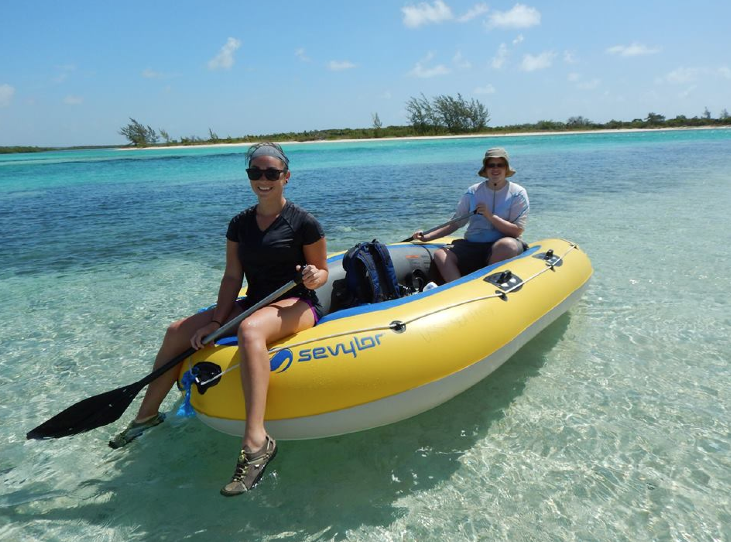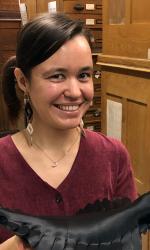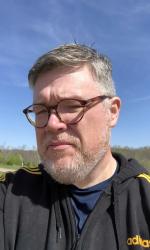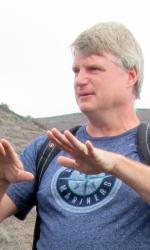Biogeochemistry and Paleontology
Professor, Director of Graduate Studies
203 Geological Science Building
573-884-3118
Marie M. & Harry L. Smith Endowed Professor, Geological Sciences; Director, X-Ray Microanalysis Laboratory
305 Geological Sciences Building
573-882-6785
Research Associate Professor; Assistant Director of the X-ray Microanalysis Lab
308 Geological Sciences Building






